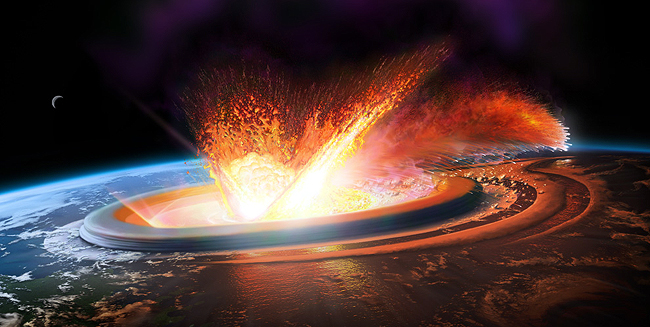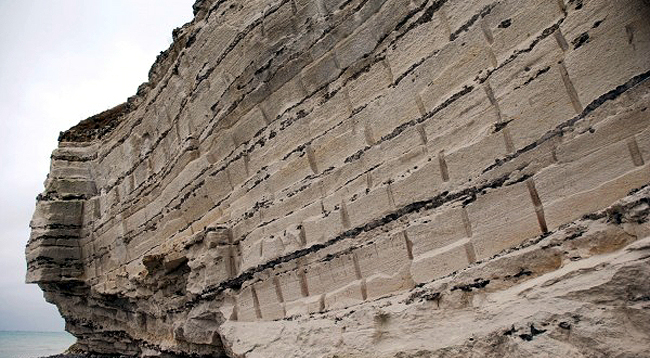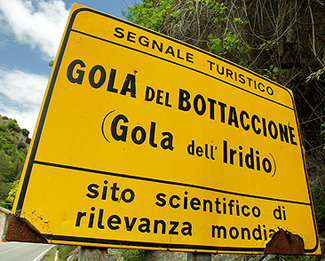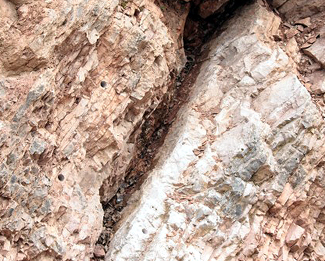Some interesting additions made to the e-Rocks catalogue from new seller Marco Frigerio of Classic Rocks and Gems, for both Iridium Chalk and Iridium Clay: these are examples of an iridium rich sediment found localised in unique layers in deposits spanning a certain age.
The interest for this particular band is obviously the iridium content and its origin and context in the fossil record found in the sequence of adjacent sedimentary rocks.
Much research has gone into into the age and deposition sequence of the material has placed this at the Cretaceous–Paleogene boundary around 66 million years ago. This is associated with the Cretaceous–Paleogene extinction event, a mass extinction that ended the Mesozoic period, ie the age of the dinosaurs. Overall is this known as the Alvarez Hypothesis.
The theory is this cataclysmic event coincided with the large meteorite impact at Chicxulub in Mexico spreading destruction around the globe and blacking out the atmosphere.
Chicxulub Impact - (courtesy -franastronomia.blogspot.com)
 |
The evidence is provided in different parts of the world by the deposition band with localised high concentration of iridium all placed at the exactly the same (geoligical) time. The specific isotopic ratio of iridium is found almost exclusively in chondritic meteorites.
On e-Rocks we have samples of this material offered by Marco from 2 well known European occurences, namely:-
- Iridium Chalk - Stevns Klint, Zealand, Denmark
- Iridium Clay - Gola del Bottaccione, Gubbio,Perugia, Umbria, Italy
Stevns Klint
Cliff at Stevns Klint - (courtesy - danmarksrejsen.dk)
 |
Stevns Klint was added to the Unesco list of world heritage sites in 2014, cited alongside places like the Grand Canyon and the Galapagos Islands.
The chalk at Steven's Klint is considered of such importance because the boundary layer (Fiskeler) is so well defined in a 3-12 centimeter thick dark band devoid of other fossil debris.
Gola del Bottaccione, Gubbio
The small town of Gubbio should be well known to geologists and palaeontologists as the original discovery place of what was at first called the "Gubbio layer". Here this stratum was first observed and investigated in 1980 by Walter Alvarez appearing as an obvious layer exposed in a roadcut outside of town.
From this began the world wide search for similar occurences that led to the Alvarez Hypothesis a little later.
The site itself does not have the same recognition as others, however it remains important as the birthplace of the hypothesis
Gola del Bottaccione, Gubbio - (courtesy - iancheney.com)
 |
 |